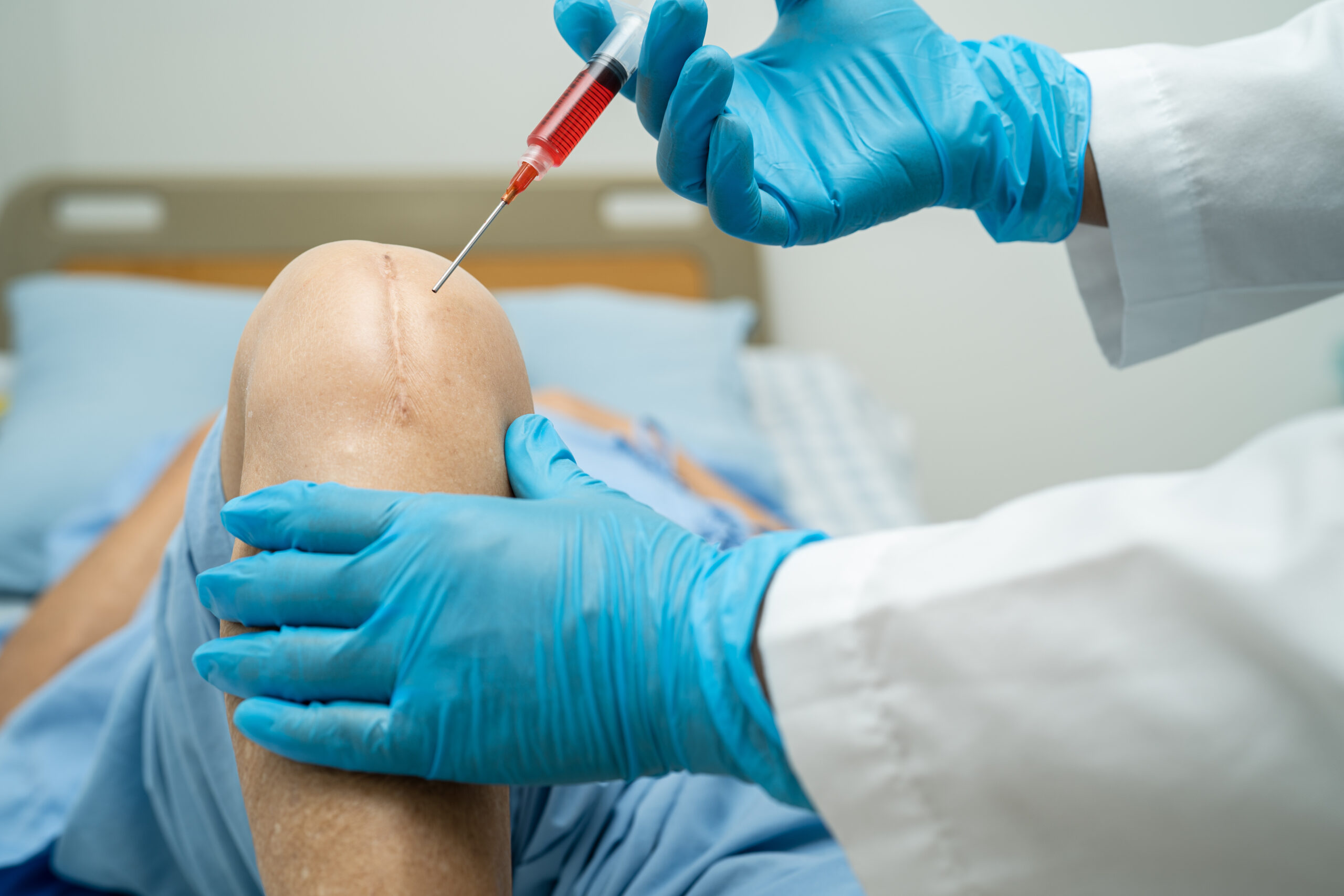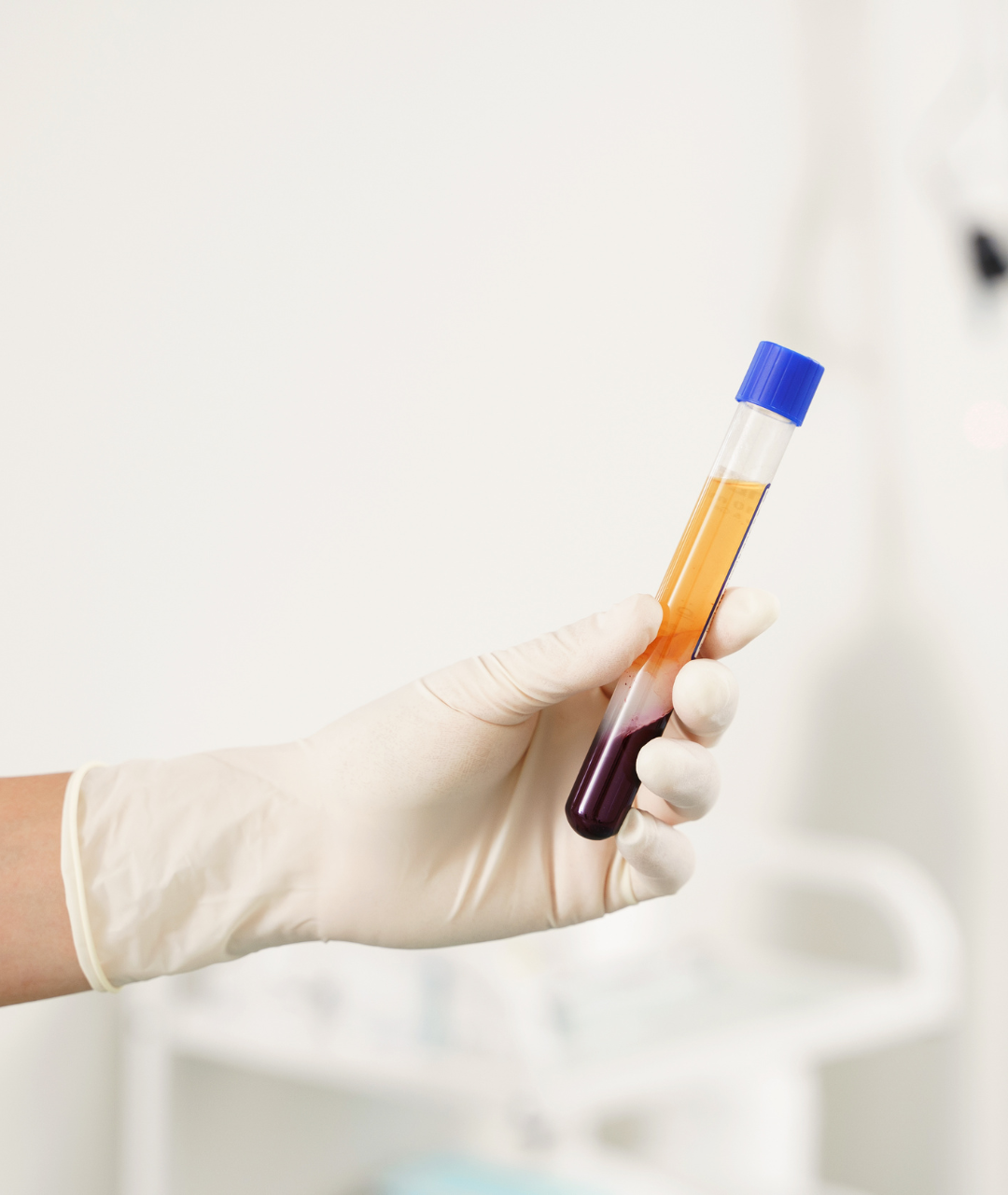Regenerative Therapies
Regenerative medicine seeks to replace tissue or organs that have been damaged by disease, trauma or congenital issues, vs. the current clinical strategy of only focusing on and treating symptoms.

Regenerative Therapies
Regenerative therapy goes beyond just pain management and works to support the body in repairing, regenerating and restoring itself to a state of well-being. This kind of therapy mimics the body’s own healing process in order to naturally accelerate the healing process.
Regenerative therapy aims to cure previously incurable diseases and injuries while also providing people with an alternative to surgery and drugs. Some examples of regenerative medicine include stem cell therapies, PRP injections and tissue engineering.
Benefits of regenerative therapy
Regenerative therapy has seen an uptick in people signing up for this form of treatment. So what are the benefits?
Recovery time is short.
Most patients are able to return to their normal activities following stem cell or PRP therapy. The most common side effects are minor bruising or discomfort at the site of the injection, which usually goes away within a few days.
You may be able to avoid surgery.
PRP and stem cells are non-invasive and can help avoid surgery and reduce pain. -Healing occurs faster.
Regenerative therapy is known for helping patients heal faster and side effects are minimal, which helps patients heal and recover quickly.
It’s low risk since your own cells are used.
Regenerative medicine procedures are generally considered low risk as your own cells are used to heal your injuries. In stem cell therapy, cells are usually taken from either body fat or bone marrow. For PRP therapy, platelets are simply separated from the blood and mixed with your own plasma after your blood is drawn.
There’s no need for medication or general anesthesia.
Although a slight numbing might be applied to the site of injection, there is no other medication needed for this procedure. Also, since this is a non-surgical operation, no anesthesia is needed.


Good candidate for regenerative therapy
Most patients were facing joint surgery or replacement due to common tendon ligament and bone injuries, osteoarthritis, cartilage loss, and other degenerative conditions. The majority of these patients have experienced complete or almost complete relief of their pain and dysfunction, and have returned to normal or almost normal activities after their regenerative injections.
If you are experiencing pain in the knees, hips, ankles, shoulders, hands, or wrists. If you have a limited range of motion, stiffness, tenderness, and swelling in your joints. If you have the symptoms of spine pain, sciatica, or herniated lumbar discs. If you have osteoarthritis of the knees, hips, or ankle or other degenerative joint diseases, or your joints are weak and unstable or may give out. If you have been diagnosed with a partial tear in the rotator cuff, labrum, a meniscus tear, or tears of the ACL, or MCL. If you suffer from temporomandibular joint dysfunction or migraine headaches associated with neck pain and spasm. All of these things listed make you a candidate for regenerative therapy.
If you think regenerative therapy might be right for you call now or book an appointment with Lodi Advanced Medical Center.
